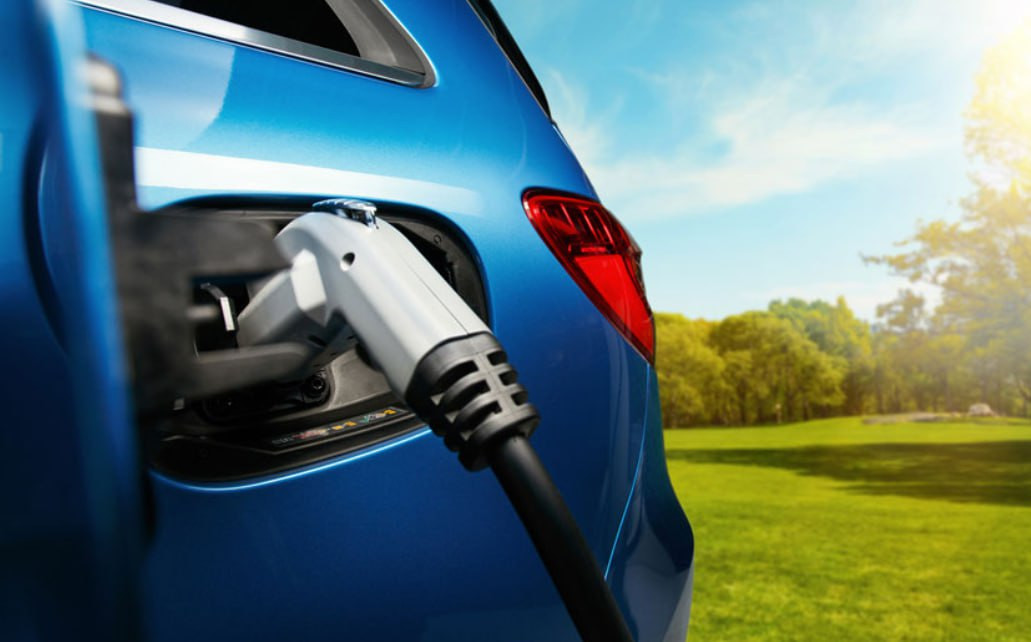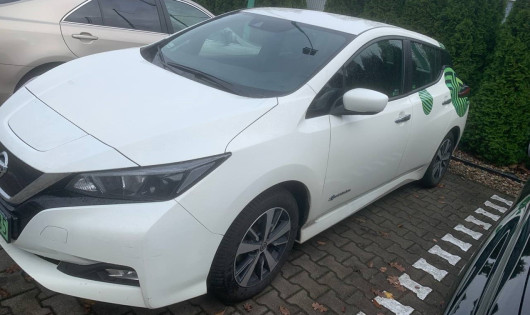Repair of Mercedes-Benz B250 ED with Tesla electric motor

Repair of Mercedes-Benz B250 ED with Tesla electric motor
Is it possible to drown the motor of an electric car without driving through a single puddle? You can talk about the electric motors of the Tesla Model S/X, Mercedes-Benz B250 Electric Drive, and Toyota RAV4 EV. They all have roughly the same powertrain installed on them, an electric motor initially used on the rear axle of the Tesla. The variants for different cars differ in nuances (location of connectors, connection of tires) and power (for example, on Mercedes-Benz, the motor produces only 177 hp instead of 360-380 in Tesla), but the general fundamental problems are similar.
One of the primary faults is the penetration of antifreeze inside the motor, which results in corrosion and failure of its electronic and mechanical components. We will explain why this happens and how to deal with it using an example of one repair.
One step away from becoming "real estate.” Repair an abandoned Mercedes.
The Mercedes-Benz B250 ED that came to us could no longer move independently. Before that, the car had been taken to an official dealer, where the motor speed sensor was removed and found soaked in coolant. The owner decided to settle the problem at our place, but he needed help. The diagnostics showed that there were insulation breakdown faults. To assess the whole picture of the damage, the engine must be disassembled, and in extreme cases, the control board must be replaced with a new one, as the manufacturer does not provide the possibility to reinstall the firmware. Therefore, the motor and the board must remain at least in repairable condition.
We start disassembling the engine by removing the oil seal cover. The results are disappointing: there are traces of antifreeze and corrosion everywhere. The sensor has magnetized metal chips and quite large pieces of hard material. Since the car came to us in an inoperable state, we haven't had a chance to listen to the noises. However, it's best to change the bearings in the gearbox for new ones. They have likely also failed.
Next, it is necessary to disassemble and remove the engine cover. It was worth it to start moving it as antifreeze poured out again. This is because the drain needs to be structurally provided. If it were, the liquid would not accumulate in the motor. There are two advantages to this solution:
- antifreeze does not damage the motor or the circuit board;
- leaking signals a problem.
We recommend that a drain hole be made as a matter of course.
Disassembly of the motor showed traces of antifreeze on all internal components. The rotor and stator are covered with rust. The winding resistance was measured, and it was very low, only 230 kOhm. In a serviceable part, it should be at least five megohms, and ideally, it should strive for infinity. It is not excluded that the stator will have to be rewound. We know how to do it in compliance with factory technology. But first, we will try to wash and dry it.
It dismantled the control board. The contacts are in bad condition; in some places, they have fallen off because of rust. But we will try to solder new contacts from the donor part to avoid replacing the board—it is visually intact, without visible damage. We will also change the wiring harness. It is in working condition but wet. This means that corrosion may occur in the future, which may cause the motor to switch off again.
The bearing on the rotor is out of order: large backlash, sinks on the balls, even though they are ceramic. It has collapsed, there is not even a cage. Presumably there was noise, and a lot of it. It is suspected that the bearing was compressed during assembly. Therefore, it will have to be adjusted in the outer cover, selecting by experience the thickness of washers. We will change all bearings, including those in the gearbox, on the primary shaft we will install ceramic bearings.
The stator was placed for 7 days in a container with distilled water, after - it was dried for 7 days, placing inside a lamp with a power of 500W. As a result, the measurement showed a resistance of 30 Mohm, not ideal, but sufficient for normal operation. We decided to simulate a working situation: cool it down and heat it up again. After that, the resistance tended to infinity, which means that the stator is fully restored, it does not need to be rewound, and can be installed on the car.
The motor was assembled and installed on the car. We made a test drive without installing the lower engine guard to see if there was a possible antifreeze leak. There was none. Installed the protection and handed the car over to the owner.
Causes, recommendations and answers to popular questions
Why could antifreeze get into the engine? The main reason is wear of the Teflon gland of the electric motor due to cold starts. Since an electric car, unlike a conventional car with an internal combustion engine, does not need to be warmed up in winter and has traction at any temperature, drivers often develop high speed on a cold car, which leads to deformation of the gland edge.
How can you reduce the consequences? In addition to the human factor, the filling of the motor with antifreeze also contributes to design errors. For example, the fact that the board is located at the bottom of the motor. To avoid "drowning" of the motor, it is necessary to drill a drain hole. It will also help to track the problem - when the antifreeze starts to drip.
How do I know there is a problem? You can't ignore the information messages on the panel or disregard the noises coming from the engine. Our client admitted that he drove "to the last" despite the errors and noises from the engine. It is dangerous to do so - he only avoided a major disaster by a fluke.
Repairing a Tesla electric motor, as well as other electric vehicles, requires special attention and a professional approach. In our service, we have experience working with various brands of electric vehicles and can effectively diagnose and resolve similar issues, ensuring the reliable operation of your electric car.






